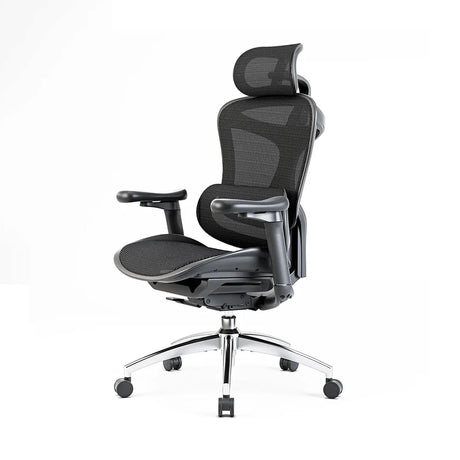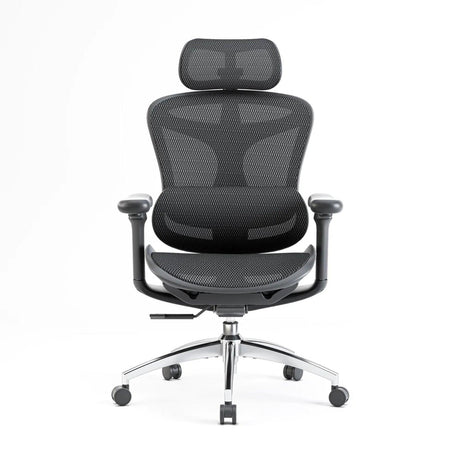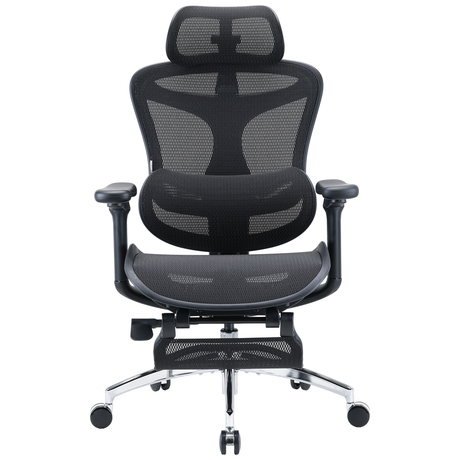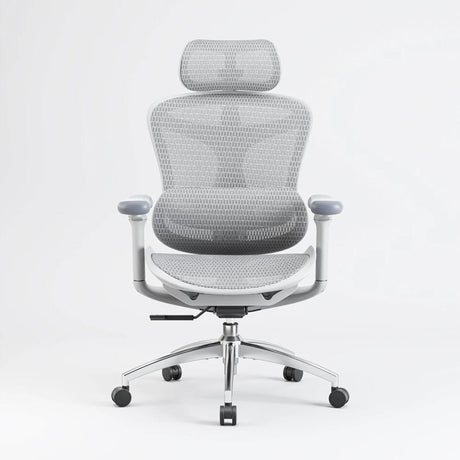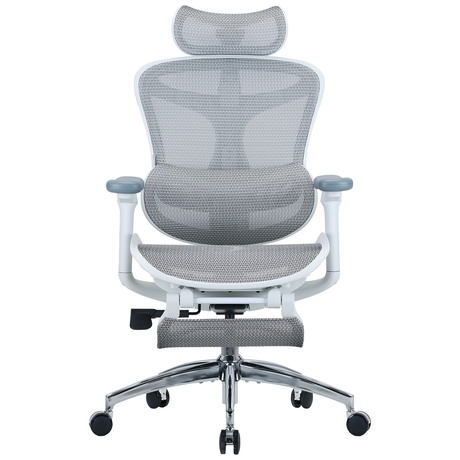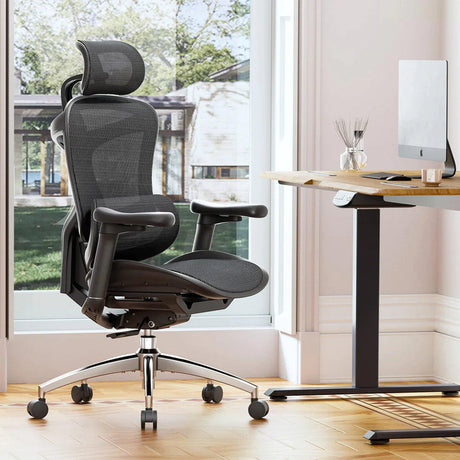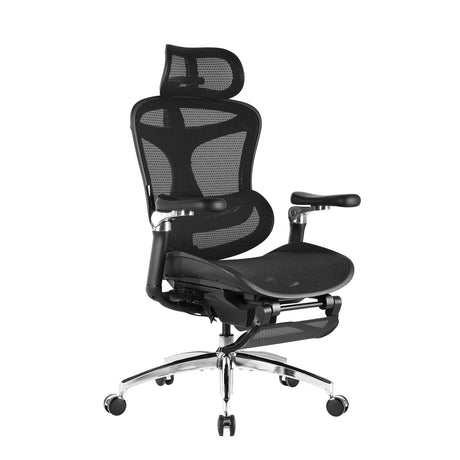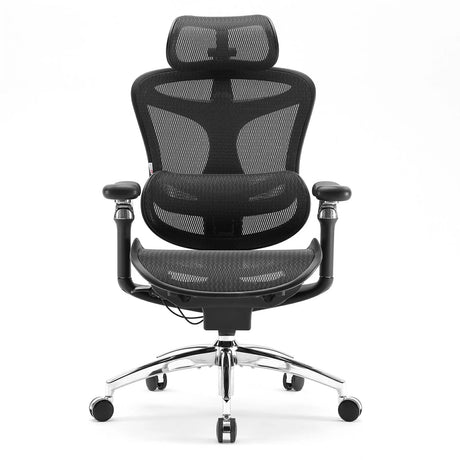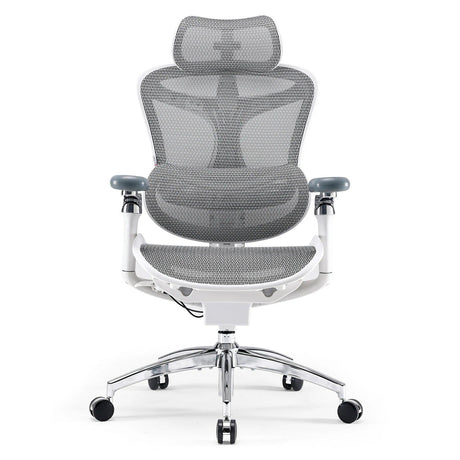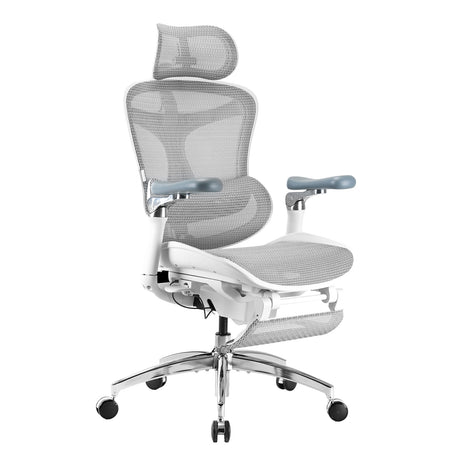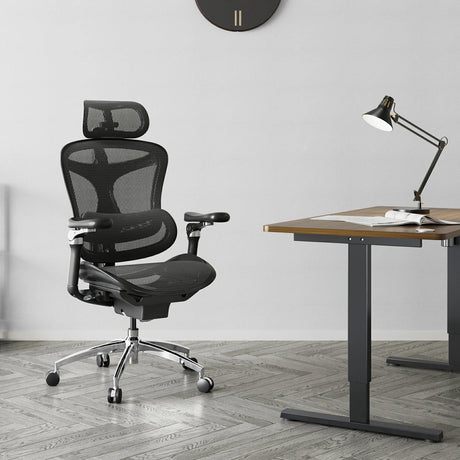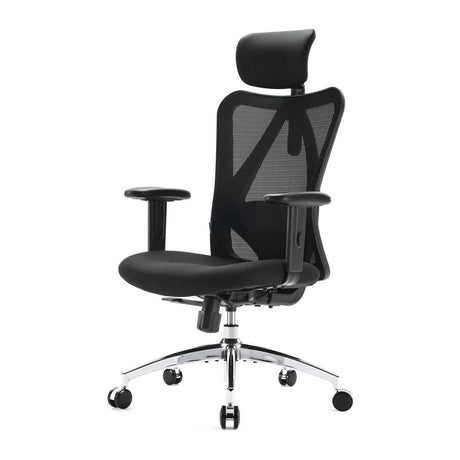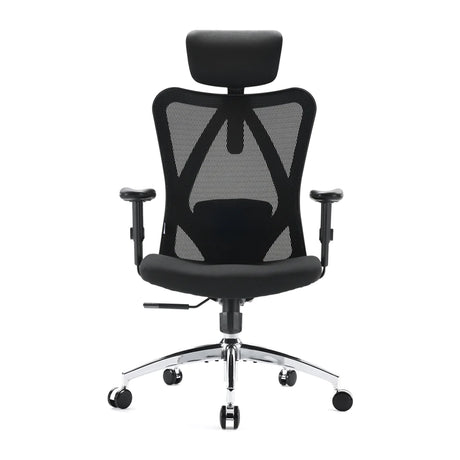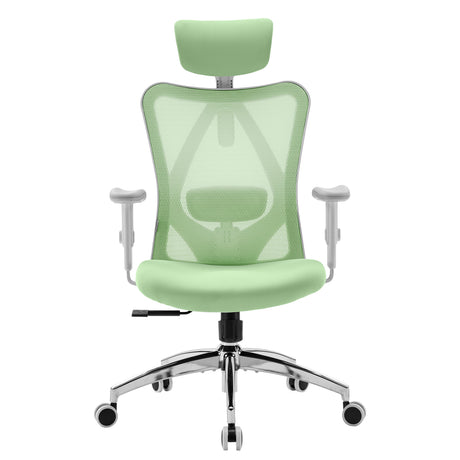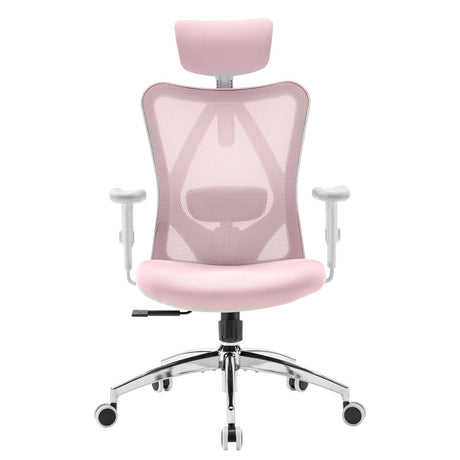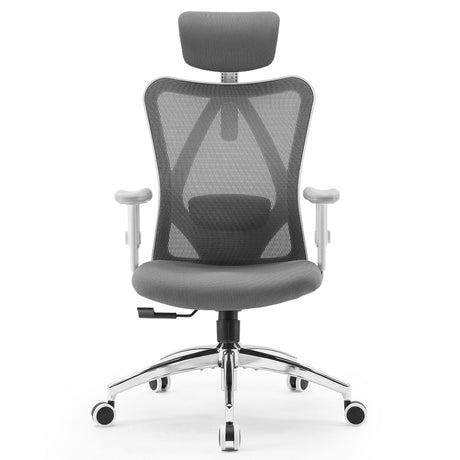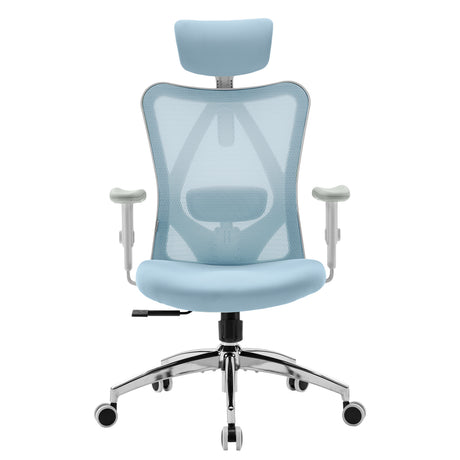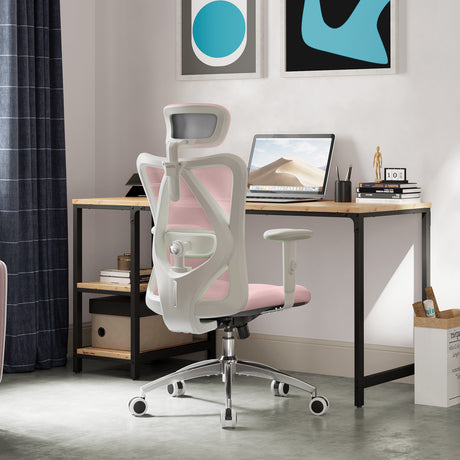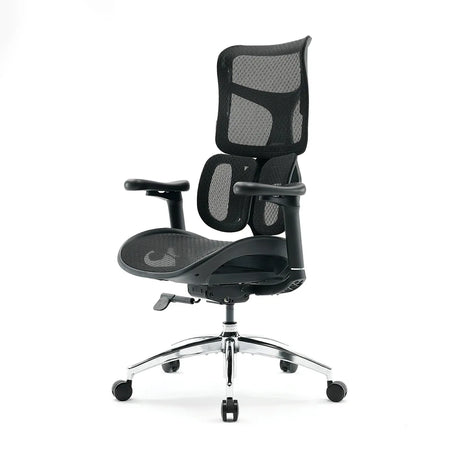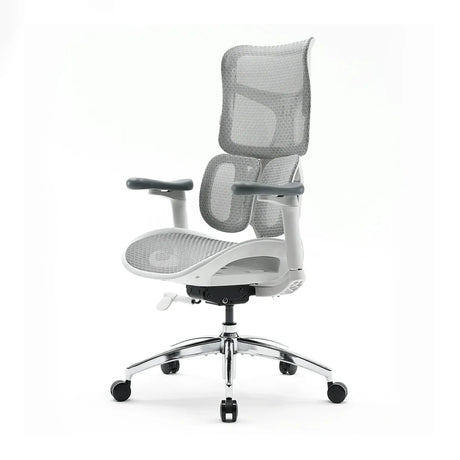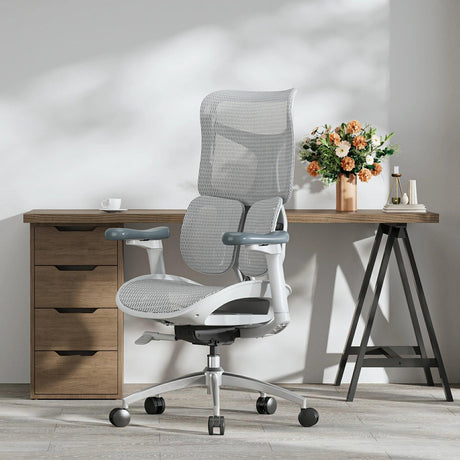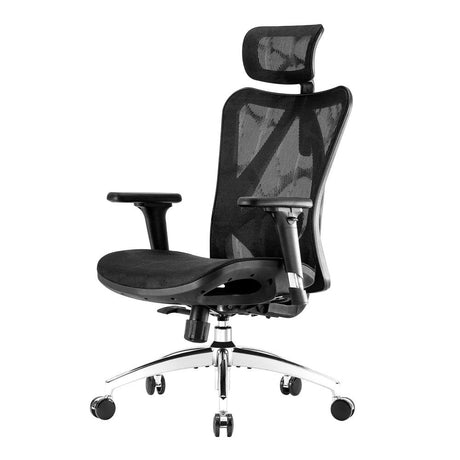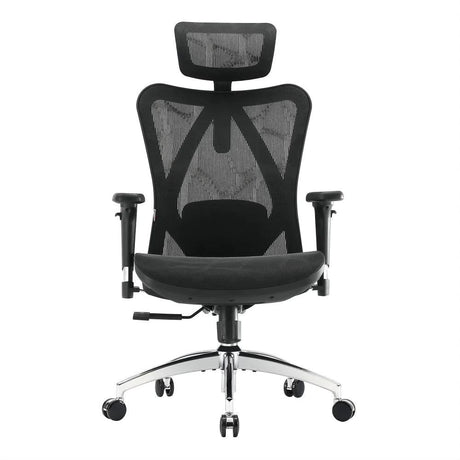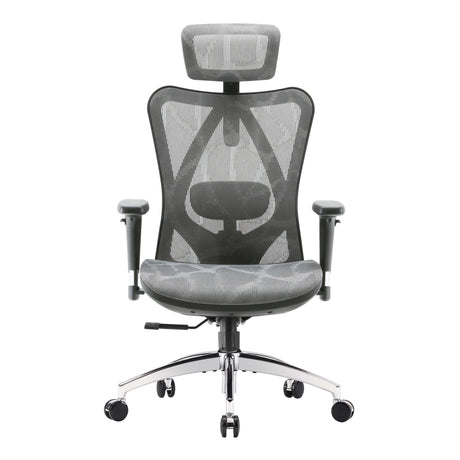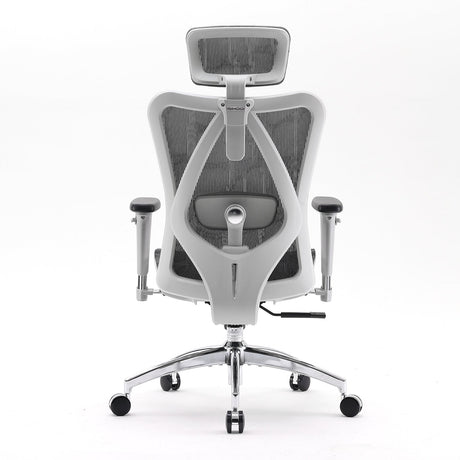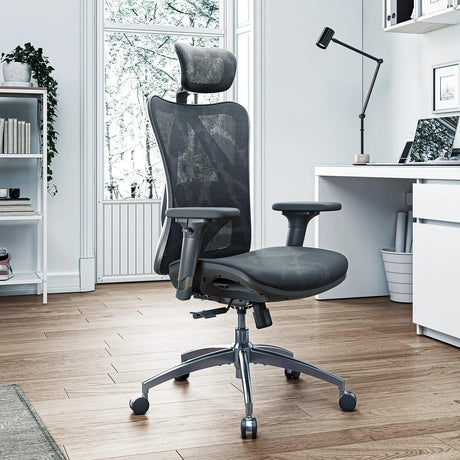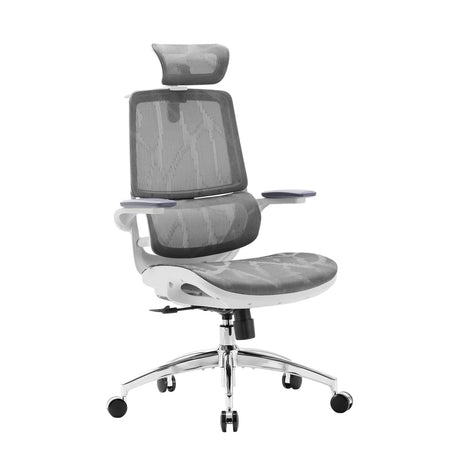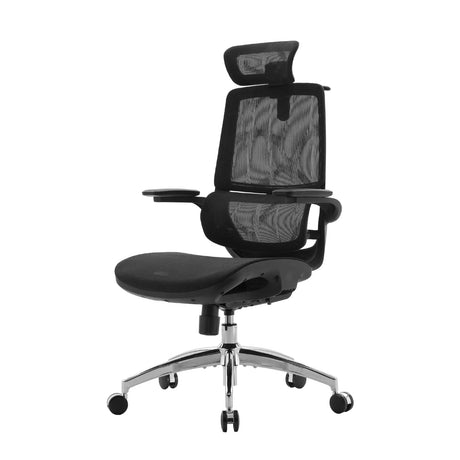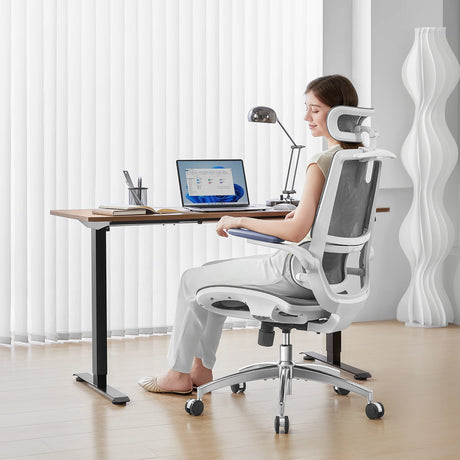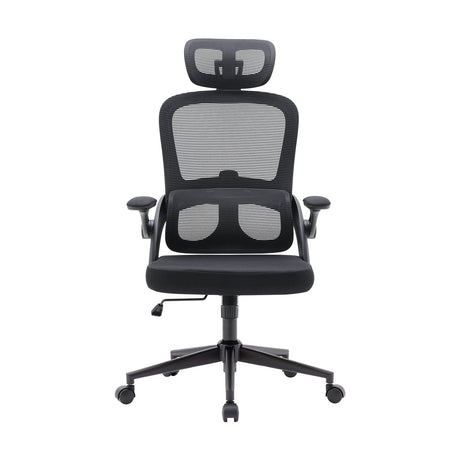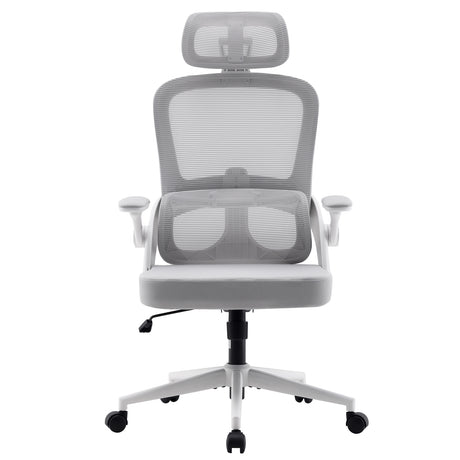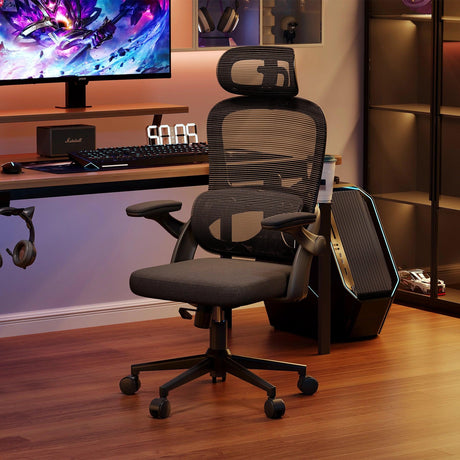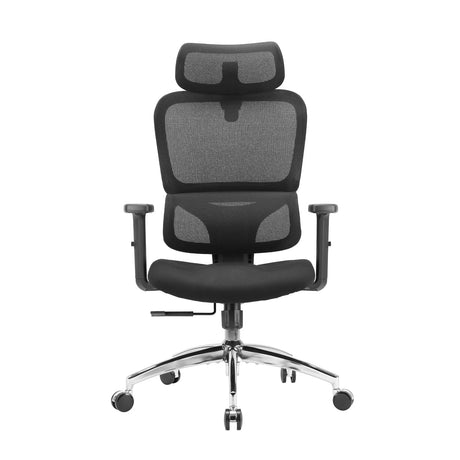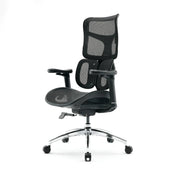Buying an office chair secondhand can be a smart choice for those looking to save money or find a quality chair at a lower cost. However, it's important to approach this purchase with some knowledge and caution to ensure you get a chair that meets your needs and is in good condition. In this guide, we'll explore the steps and considerations involved in buying a secondhand office chair.
Why Buy Secondhand?
Before diving into the process, let's briefly consider why buying a secondhand office chair might be beneficial:
- Cost-Effectiveness: Secondhand chairs are often significantly cheaper than new ones, allowing you to get a quality chair without breaking the bank.
- Environmental Impact: Choosing secondhand reduces waste and extends the lifecycle of products, contributing positively to sustainability efforts.
- Quality Finds: You can sometimes find high-end chairs or models that are no longer in production but still in great condition.
Steps to Buying a Secondhand Office Chair
Step 1: Assess Your Needs
Before beginning your search, identify your specific requirements for the chair. Consider factors such as:
- Comfort: How many hours a day will you be sitting? Do you have any specific ergonomic needs?
- Style: Does it need to match your office decor or fit into a specific space?
- Functionality: Are you looking for features like adjustable height, lumbar support, or armrests?
Understanding your needs will guide your search and ensure the chair you choose is suitable.
Step 2: Research and Identify Options
Begin by exploring local sources where secondhand office chairs are available:
- Online Marketplaces: Websites like Craigslist, Facebook Marketplace, or eBay often have listings for used office furniture.
- Thrift Stores: Visit local thrift stores or secondhand furniture shops. They may have a selection of chairs at affordable prices.
- Office Furniture Resellers: Some businesses specialize in reselling refurbished office furniture, offering a range of options.
Step 3: Evaluate Chair Condition
When you find a chair that interests you, thoroughly inspect it to assess its condition:
- Structural Integrity: Check for any cracks, wobbling, or signs of damage to the frame or base.
- Comfort and Ergonomics: Sit in the chair to test its comfort level and ergonomic features. Adjust the height, backrest angle, and armrests to see if they function properly.
- Upholstery and Appearance: Look for stains, tears, or excessive wear on the upholstery. Minor cosmetic flaws may be acceptable if they don't affect usability.
Step 4: Verify Manufacturer and Model Information
Identify the chair's manufacturer and model if possible. This information allows you to research its original specifications, ensuring it meets your requirements and was designed for long-term use.
Step 5: Negotiate Price and Arrange Delivery
Once you've decided on a chair, negotiate the price if it's an option. Secondhand prices are often flexible, especially in private sales. Also, arrange for transportation or delivery, considering the size and weight of the chair.
Step 6: Clean and Maintain Your Chair
After purchasing, clean the chair thoroughly to remove any dirt or germs. Depending on the materials, use appropriate cleaning methods to maintain its condition. Regular maintenance will extend the chair's lifespan and keep it comfortable for years to come.
Conclusion
Buying an office chair secondhand can be a rewarding experience when approached thoughtfully. By understanding your needs, researching options, and carefully evaluating each chair's condition, you can find a quality chair at a fraction of the cost of a new one. Remember to prioritize comfort and functionality while ensuring the chair aligns with your ergonomic requirements. With these steps in mind, you're ready to embark on your journey to find the perfect secondhand office chair for your workspace.

